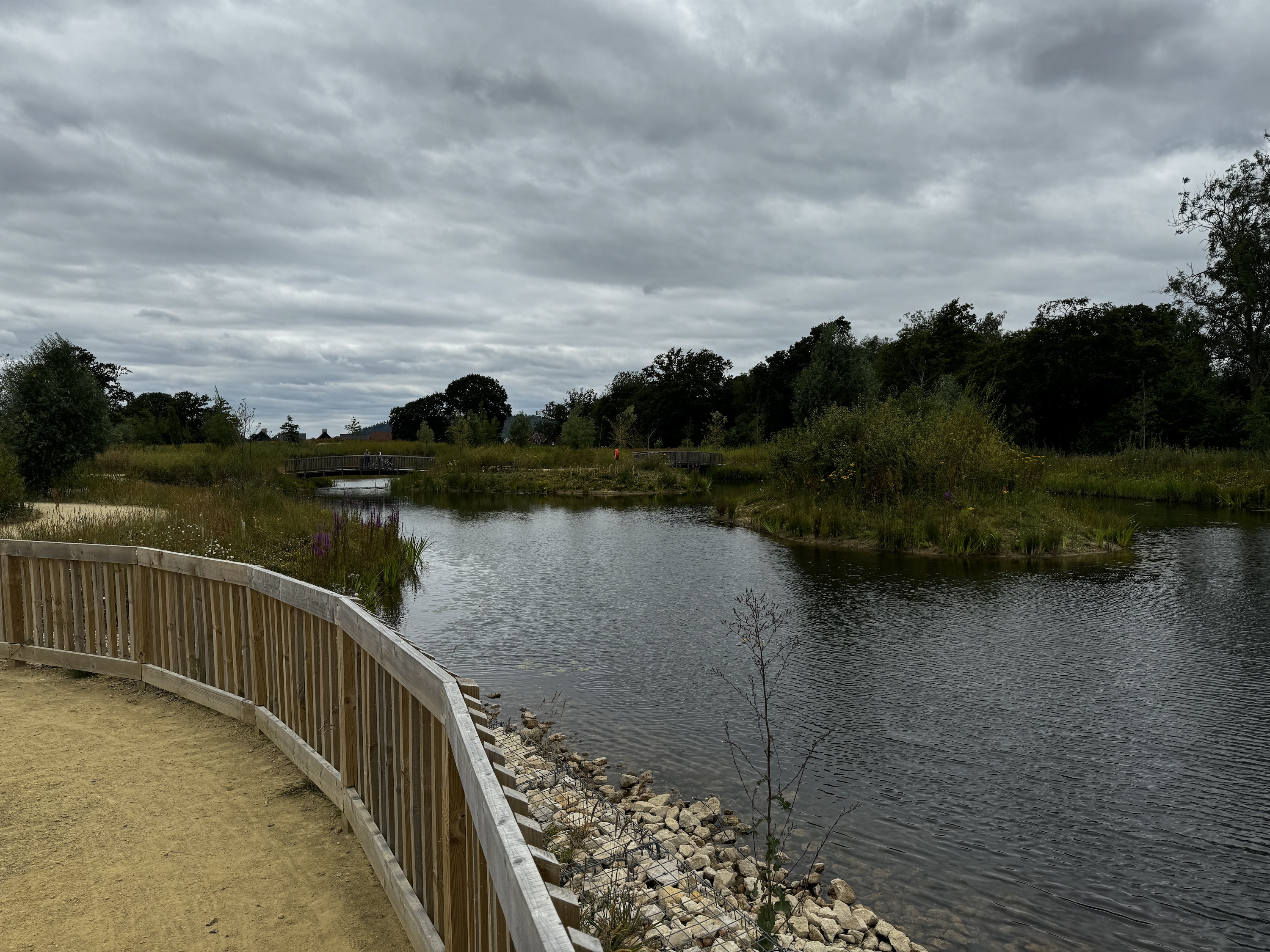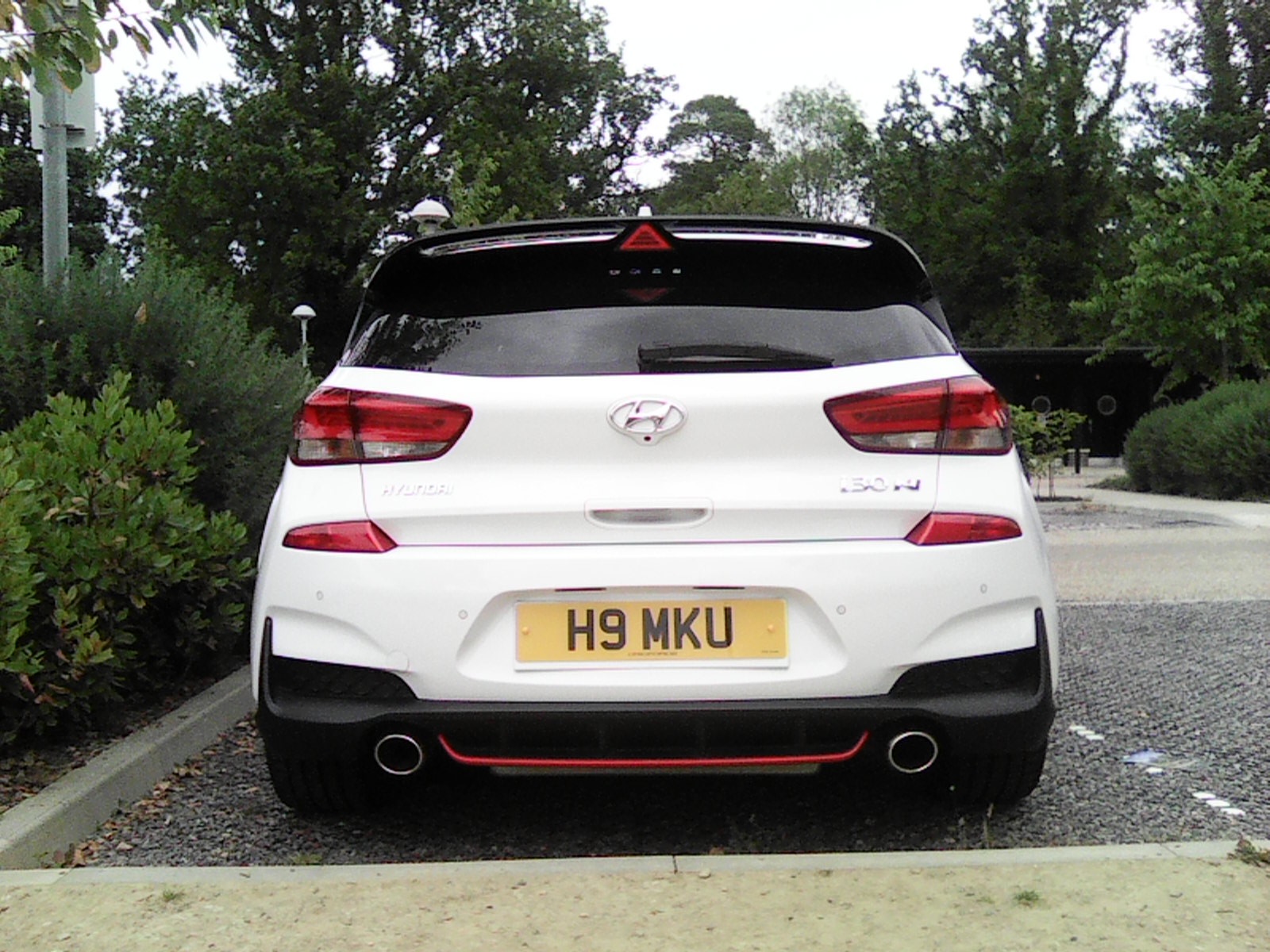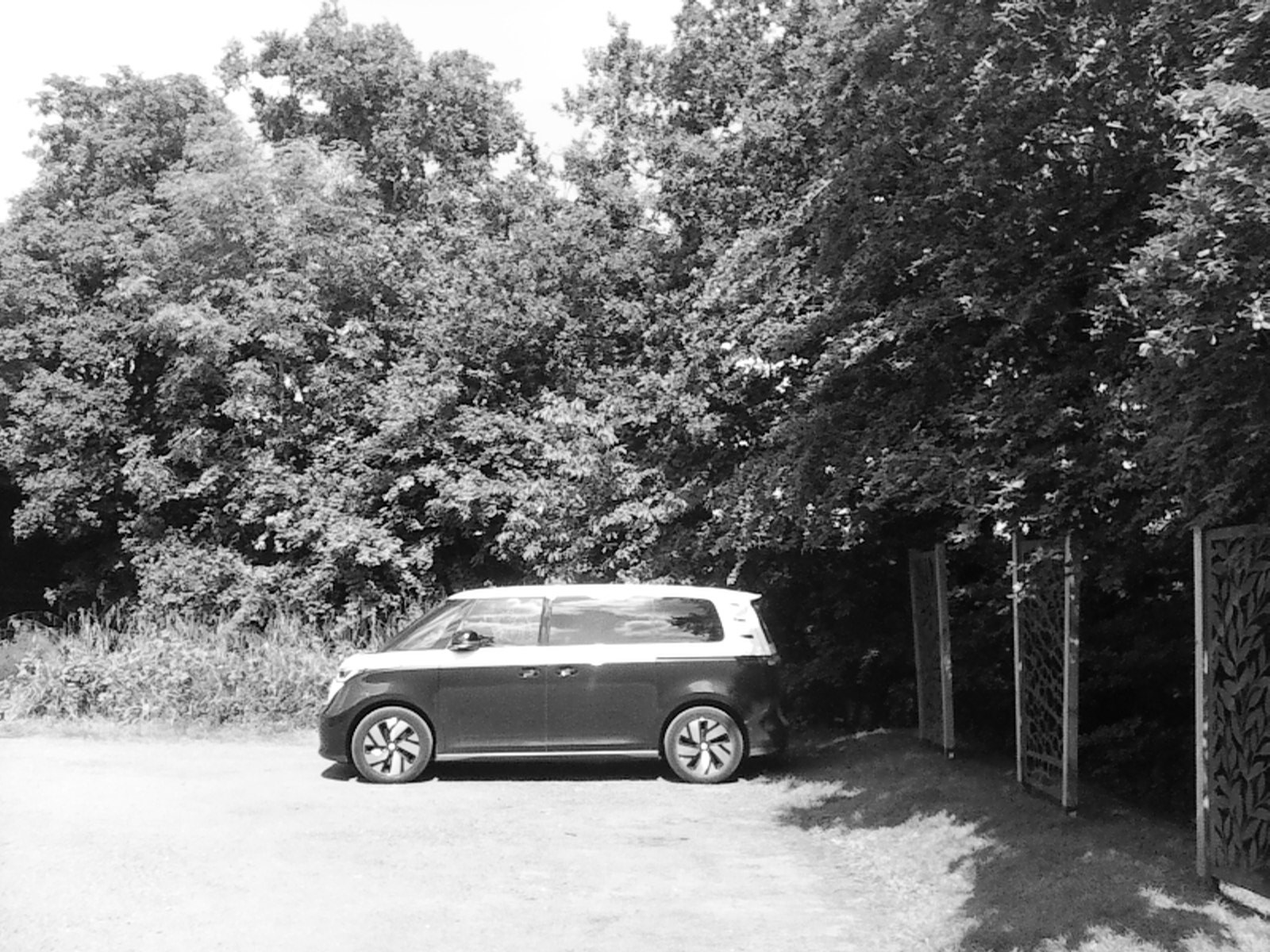

In 2005, Nokia released the N90, one of the first smartphones with a 2-megapixel camera. Almost 20 years later, in 2024, the only 2MP cameras we see are used to fill space on the back of low-cost devices, where they fulfill dubious duties such as adding depth information to shots taken by the main camera. Except, that is, if you buy the reissued Nokia 3210, which has a 2MP main camera on the back.
Is it a nostalgic overload, and the digital camera equivalent of shooting with film? I decided to find out and quickly discovered that it’s not. Here are five things about it I’m thankful we don’t have to deal with today.
The image quality

I doubt you really need me to tell you that photos taken with a 2MP camera aren’t very good quality, as the low megapixel count makes this obvious. But I wonder if you realize just how good we have it today, as it’s not just the megapixels that make using a modern smartphone camera so much better than 20 years ago.
Take a look at the gallery above, where there are two photos taken with the Nokia 3210’s 2MP camera and two comparison photos taken with the iPhone 15 Pro Max’s 48MP main camera. There’s quite a difference. I didn’t even need to resize the 2MP photos for easier online viewing. In the gallery below, you can see a (rogues) gallery of other 1600 x 1200 pixel shots from the Nokia 3210. There’s no such thing as HDR, optical image stabilization, or even autofocus. It’s as barebones as cameras get, but I can’t lie — I don’t hate the photo of the church at all.
Twenty years ago, having a camera on a phone was a novelty, and we took what we could get. I’m certainly not about to compare what was common then to what we have now because we know the cameras of today are all going to be technologically superior. But the Nokia 3210’s 2MP camera showed me how I’m guilty of taking these cameras for granted, from how they’ve easily and comprehensively documented my life and travels for years to giving me another creative outlet that fits neatly in my pocket. This wasn’t possible when 2MP cameras were just becoming available.
The storage space

Exploring life with the Nokia 3210’s 2MP camera meant taking photos with it, but I soon met a problem I hadn’t encountered for a very long time: an on-screen message informing me the device’s memory was full. I’d taken around 30 photos, and despite each taking up less than 500KB, I’d maxed out the camera’s allocation of the phone’s 128MB of space. The choice was simple: transfer the photos to a computer, put a microSD card inside to store more, or delete photos.
Today, the humble microSD card has been replaced by online storage like Google Photos and Apple’s iCloud, and when we can buy devices with up to 1TB of internal memory, the concept of running low on storage has been consigned to the past. I can instantly look back at photos taken 10 years ago directly on my phone, and while the same thing is theoretically possible on the Nokia 3210, I’d need to find the right microSD card and insert it to view those memorable images. The tiny phone only supports cards up to 32GB, so the physical catalog of cards would likely be extensive.
Portrait orientation or nothing

Faced with purchasing a microSD card or transferring photos to my computer, I chose the latter and was greeted by something else unexpected. I’d taken all my photos with the phone in landscape orientation, as this is how I’m conditioned to take them, yet the photos had all been saved in portrait orientation.
That’s right, there’s no auto rotation on the Nokia 3210’s camera, and it expects you to take photos with the phone held upright in your hand. In hindsight, it makes sense, but my 2024 brain didn’t even consider it until I viewed every photo I’d taken on my computer monitor and found each needed to be manually rotated. Is it the end of the world? No, but it’s another aspect of modern smartphone photography we take for granted.
No selfie camera

Taking a selfie, joining a video call, or using facial recognition. All these commonly used features require a front-facing camera, and just like the original, the humble reissued Nokia 3210 only has a camera on the back. Interestingly, although it’s a guessing game to take a selfie because you can’t see the screen, it does have a mode to take selfies or group photos.
The mode is activated using the icon of a person’s head and shoulders, and when you press the button to take the photo, a 10-second countdown begins. The assumption seems to be the phone has somehow been attached to a tripod or propped up against something, and you’ve got to quickly get in position before the shutter goes off. You still can’t see the screen, so it’s down to luck if you and anyone else are in the frame. Video calls or face unlock? Forget them both.
Video is a waste of time

In the same way that taking still photos with our phones is now considered normal, shooting video is just as commonplace, and in many cases, we can do so up to an incredible 8K resolution. Perhaps unexpectedly, the Nokia 3210’s 2MP camera can also shoot video, but it’s in a format you’ve probably all forgotten about — 3GP.
The resolution is just 320 x 240 pixels, which is lower than the Samsung Galaxy Z Flip 5’s cover screen’s resolution. It’s almost unwatchable by today’s standards, as the standard typically records at 15 frames per second, making it choppier than if I’d have filmed while at sea. If you think the difference in still photos between a modern phone and a 2MP camera from 20 years ago is dramatic, then the video will really hammer home how far things have moved on.
Leave the old days behind

When I first started using the Nokia 3210 and its 2MP camera, I hoped I would find a nostalgic quality in the photos I could enjoy. While I liked one photo I took (the church seen in the gallery above), it was not nostalgic at all. Sure, there are a few filters, including a black-and-white mode, but they make the photos look worse rather than better. It was a bit disappointing. Also, remember that while I’m writing about what cameras were like on phones 20 years ago, I’m actually using a phone you can buy new today.
Messing around with a 2MP camera in 2024 has been an eye-opener, and it has made me very thankful for the many superb cameras we have today, from the Samsung Galaxy S24 Ultra to the Xiaomi 14 Ultra and its Photographer Kit. As I finished up using the Nokia 3210, I realized that, without a doubt, 20 years ago, I would have needed to own an actual camera if I wanted to take good photos — and it has been a good few years since anyone needed to say that.










